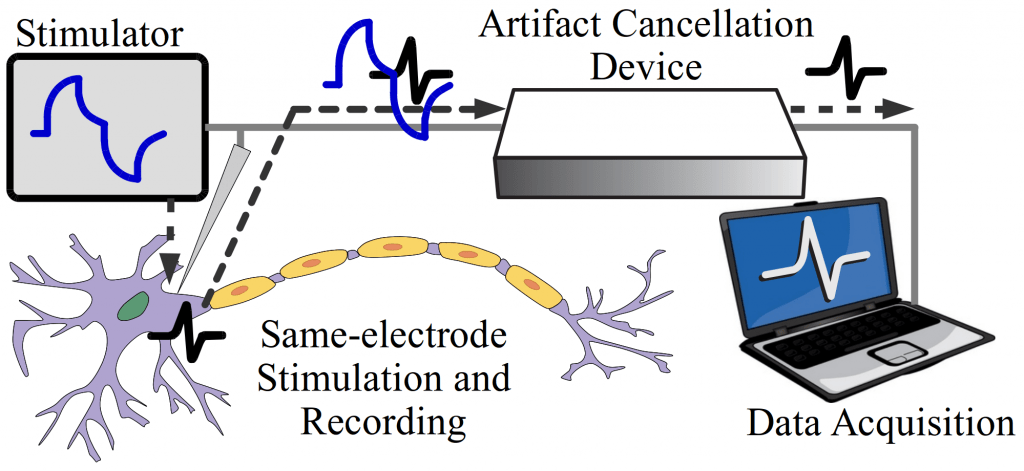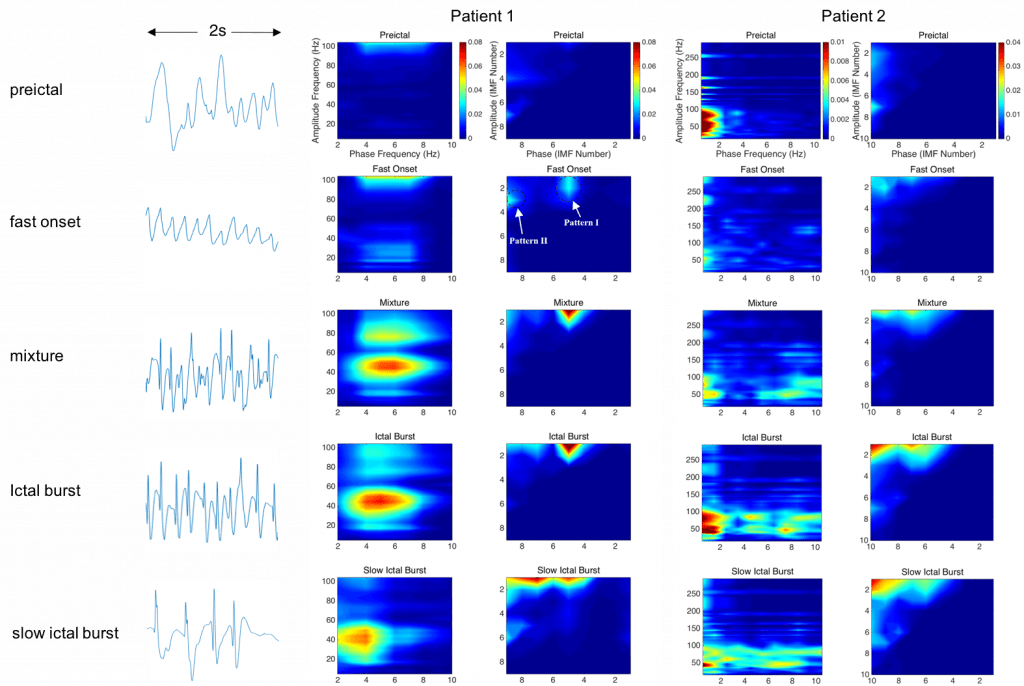
Congratulations to Dr. Ying Li for a wonderful and successful thesis defense!
 Live Stimulation Artifact Cancellation
Live Stimulation Artifact Cancellation

“A Hybrid Hardware and Software Approach for Cancelling Stimulus Artifacts During Same-electrode Neural Stimulation and Recording,” Stanislav Culaclii, Brian Kim, Yi-Kai Lo, and Wentai Liu, accepted by EMBC 2016.
Cross Frequency Coupling (CFC) is the interaction between brain oscillations of different frequencies, and the coupling phenomenon has been observed in the brain of rodent and human. Phase-amplitude coupling (PAC) is a type of CFC, which describes the dependence between the phase of a low-frequency component and the amplitude of a high-frequency component of electrical brain activities. It has been claimed that the modulation of low frequency phase on high frequency amplitude plays a functional role in cognition and information processing, such as learning and memory. The change of PAC patterns has been associated with various neurological disorders, e.g., epilepsy and schizophrenia.

We are honored to have our research projects featured in the KTLA special report “Medical Miracles”. The special will air in May, 2016. The report focuses on our retinal prosthetic device that restores sight for patients with retinitis pigmentosa or age-related macular degeneration and our spinal cord implant to help patients paralyzed due to spinal cord injury regain motor function.
Mayor Ko Wen-Je stopped by the lab during his visit to the UCLA campus recently. We were honored to show him our recent innovations and discuss continued collaborations between our lab and others in Taipei.